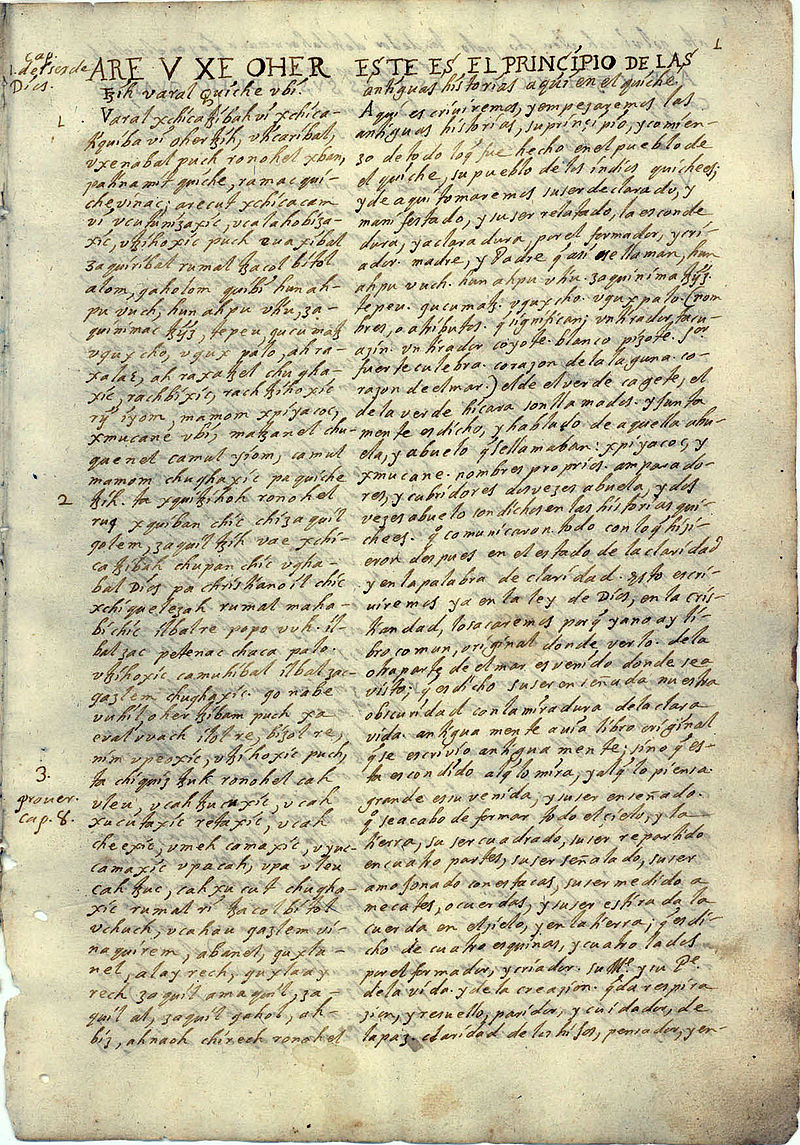Maize has grown naturally in Central & South America, nourishing indigenous people for centuries, before the Spanish arrived. A staple food -alongside cassava, quinoa and potatoes- it played a central role in Mesoamerican civilizations. Notably, the powerful maize gods and goddesses of the Mayas & Aztecs were comparable to European deities (such as the Roman Ceres, who protected the harvest of wheat) and seconded by forces that were directly or indirectly linked to maize and its cult. According to Popol Vuh, the oldest preserved Maya legend that was recorded by a Dominican monk in c. 1700, the Hero Twins Hunahpu and Xbalanque had maize plants for alter egos.
The grain was introduced to Southwestern Europe by the conquistadores who returned home. Its name was paraphrased from 'mahiz', a word used by the Taino, an indigenous people of the Carribean that first encountered Columbus and his men on 12 October 1492. In a large part of the English-speaking world, 'maize' has been replaced or is used interchangeably with 'corn'. Even though 'corn' is a much more generic term, sometimes denoting all types of cereal, the by-products of maize are named cornmeal, corn flour, corn syrup, corn flakes...
.jpg/1280px-Landing_of_Columbus_(2).jpg) |
| Landing of Columbus at the Island of Guanahaní, West Indies (John Vanderlyn, 1846) |
 |
| Oldest manuscript of Popol Vuh, dating from c. 1700 |
The
Spanish initially despised maize, believing it would reduce their
strength -as would other local foods of the West Indies- but with time
Europeans realized that maize was a very profitable crop, since it
yielded twice as much grain as other types of cereal, and in consecutive years.
There is a wide variety of sweet and savory dishes based on maize in
traditional Portuguese, Spanish, French, and Italian cuisines -to say
nothing of its many other uses in food industry and not only. Two of my favorite shares in this blog are milhassou, traditional maizena pudding from the southwest of France that replaced the Gaulish millet pudding in the Early Modern period, and gialletti, breakfast cookies from Pellegrino Artusi's 1891 recipe collection that are made with yellow cornmeal.
Maize also became a staple food among European settlers of North America: 18th and 19th century cookbooks dedicated whole sections to recipes using cornmeal. Whether sweet or savory, those dishes were labelled as 'Indian' because the people who originally used the grain (and the land!) were the native Americans. 'Indian meal' was not popular only in the South, even though authors like Mary Randolph, Thomas Jefferson's niece, certainly dealt with a very familiar topic but also in the North: the recipe featured in today's post is from Miss Leslie's New Cookery Book (1857) that was originally published in Philadelphia.
 |
Comments